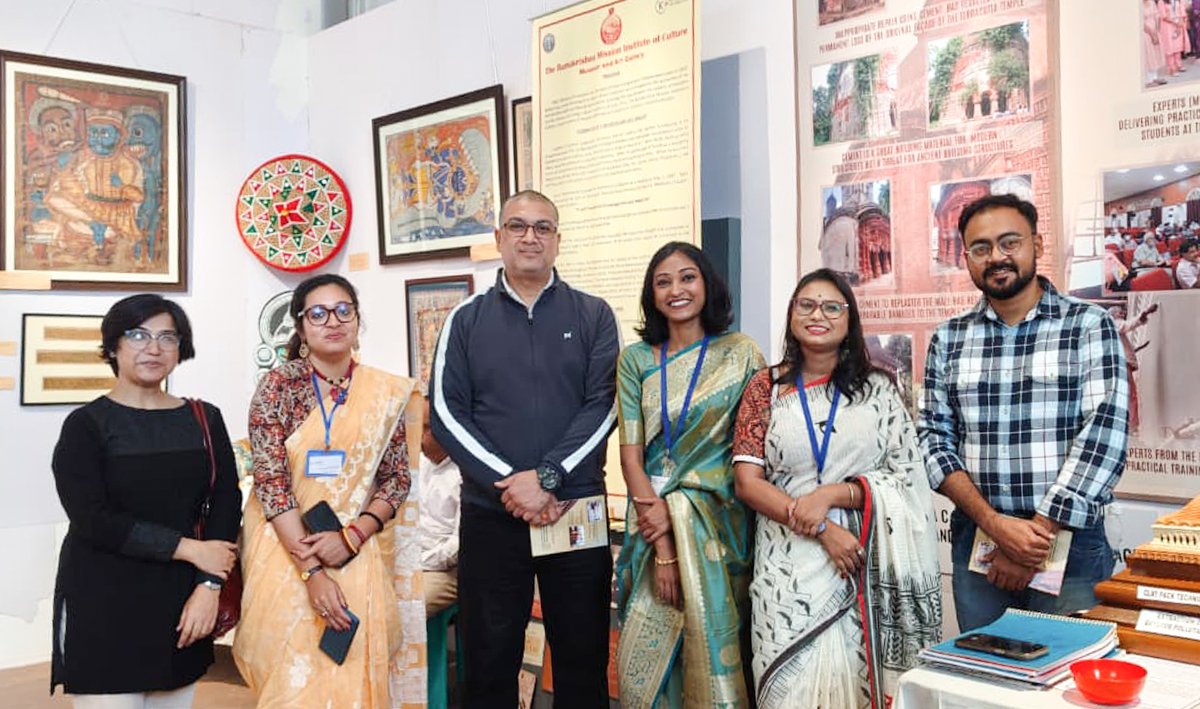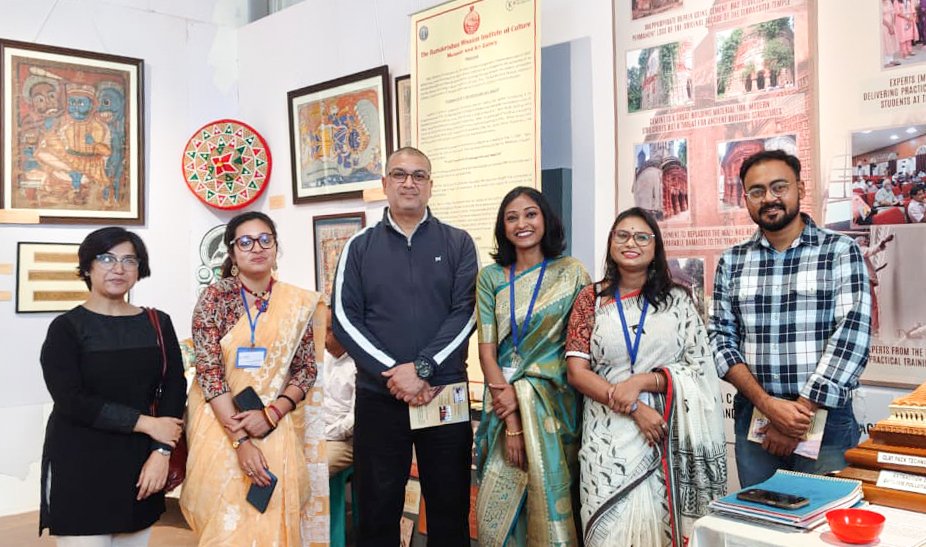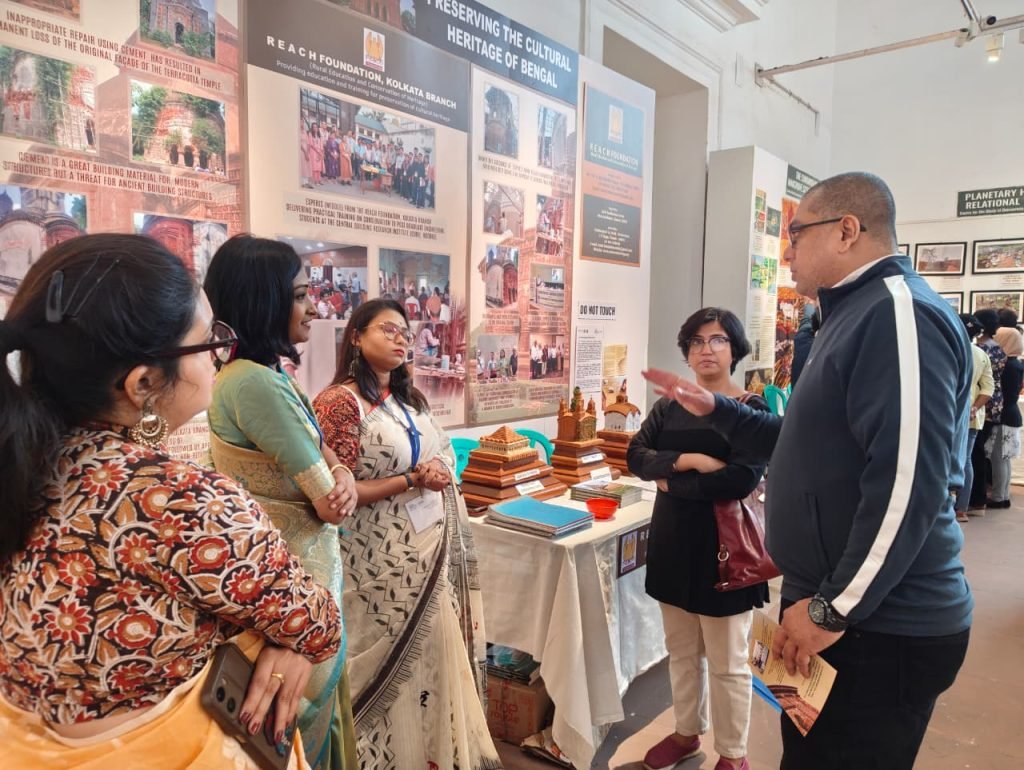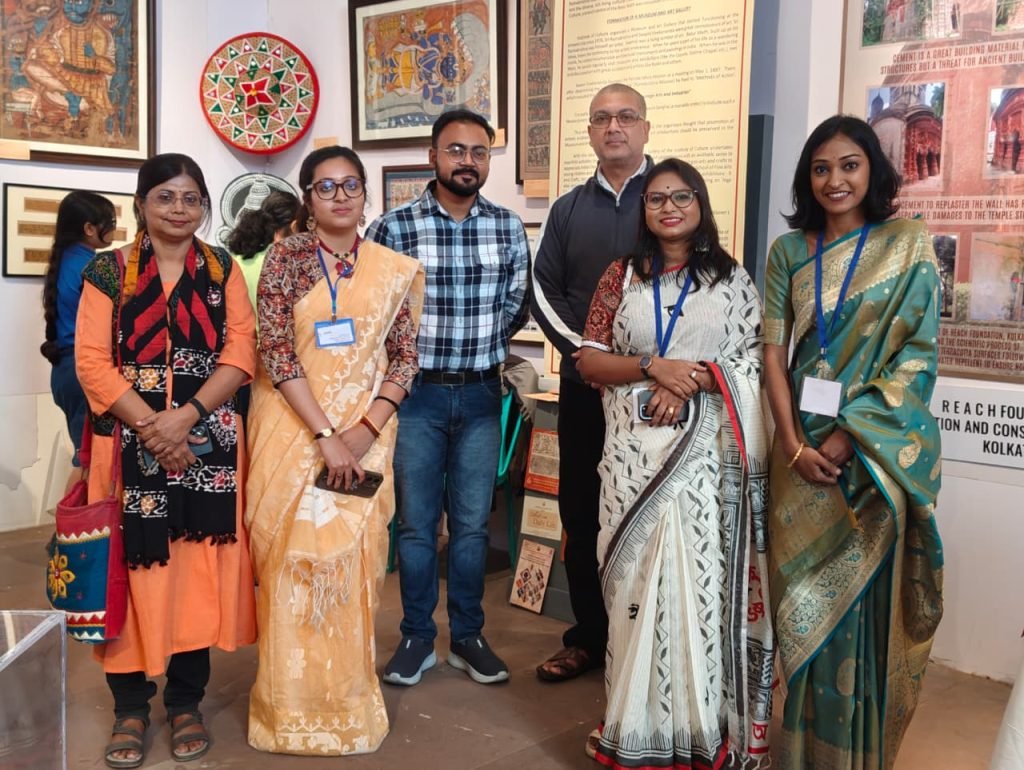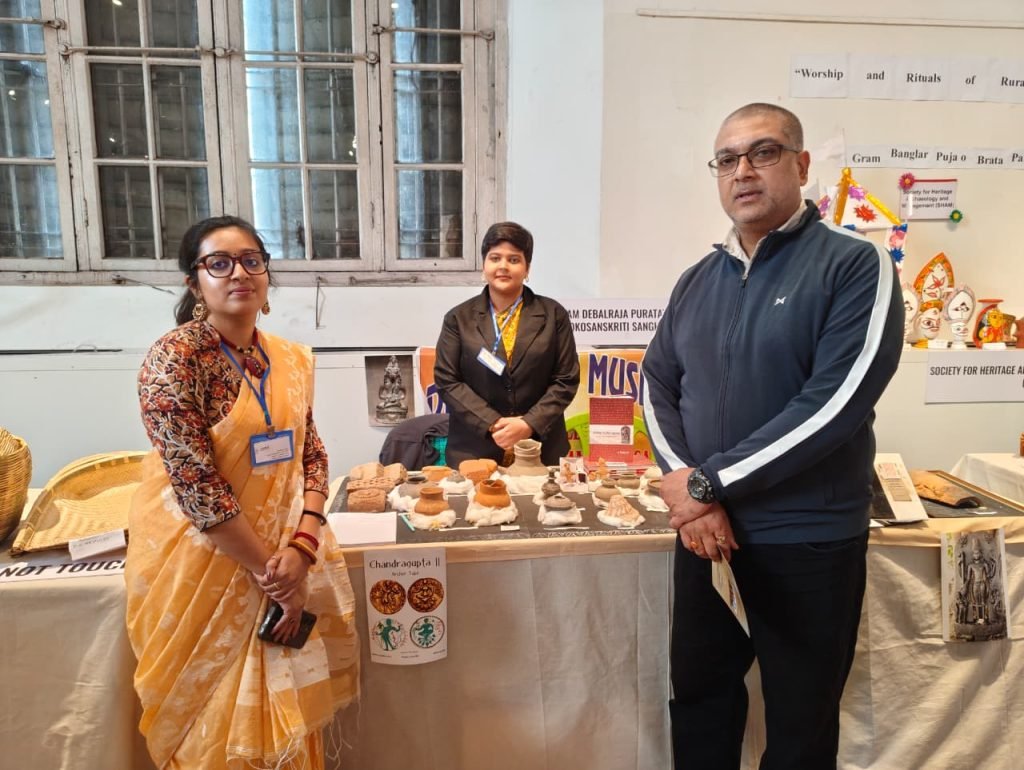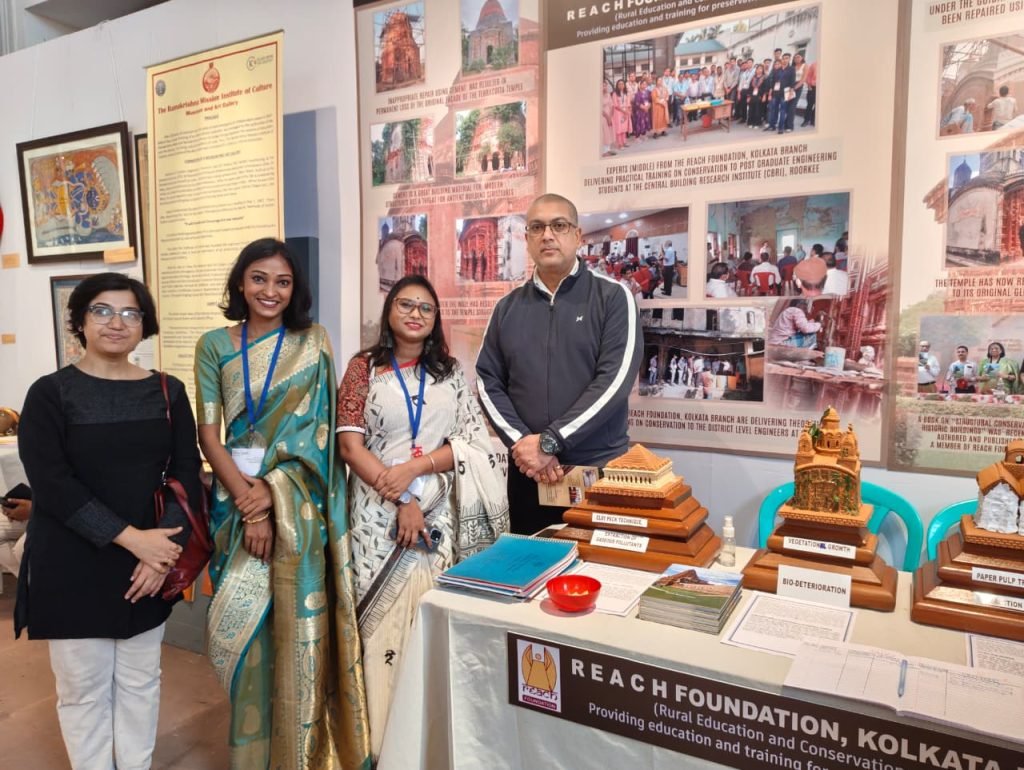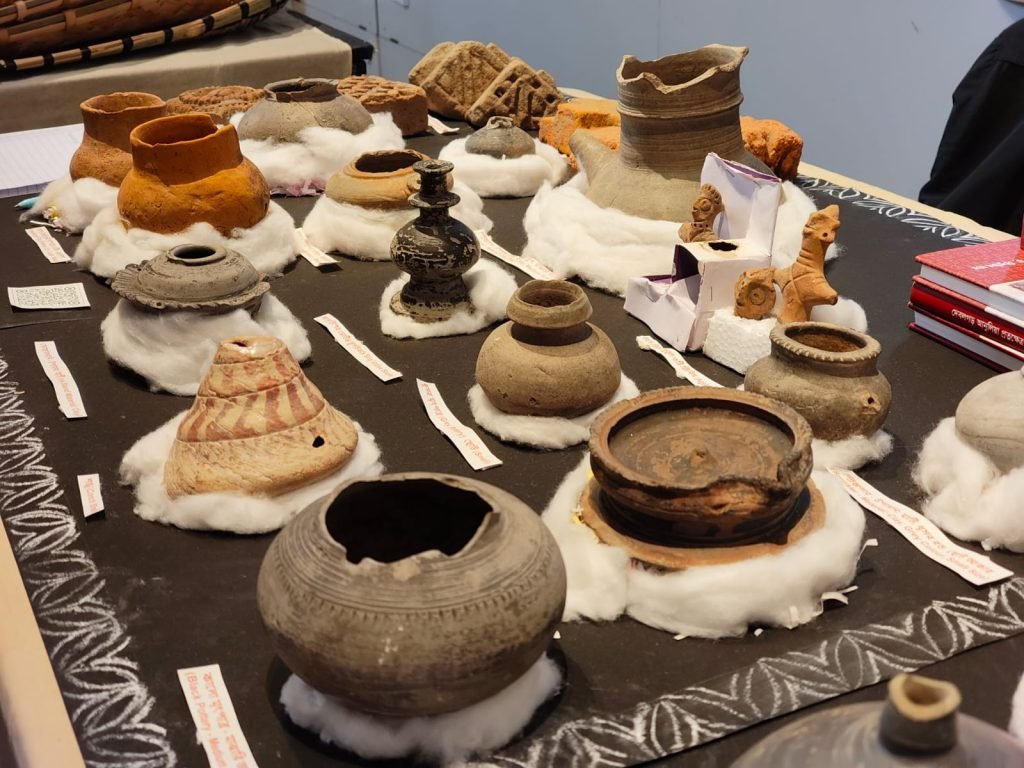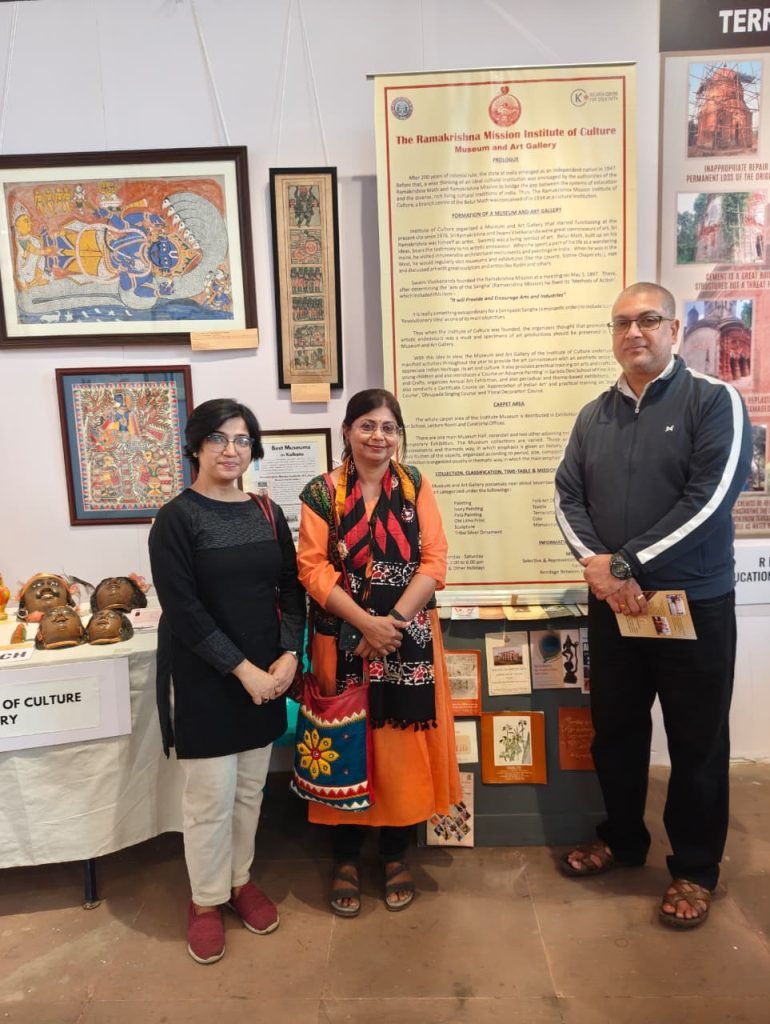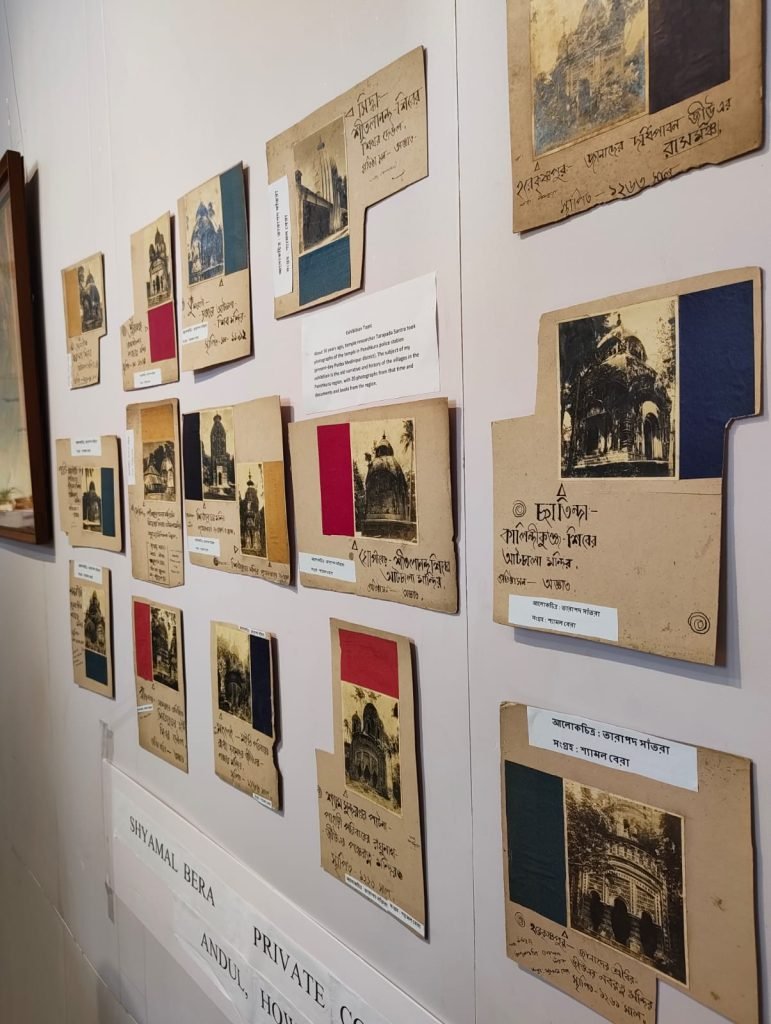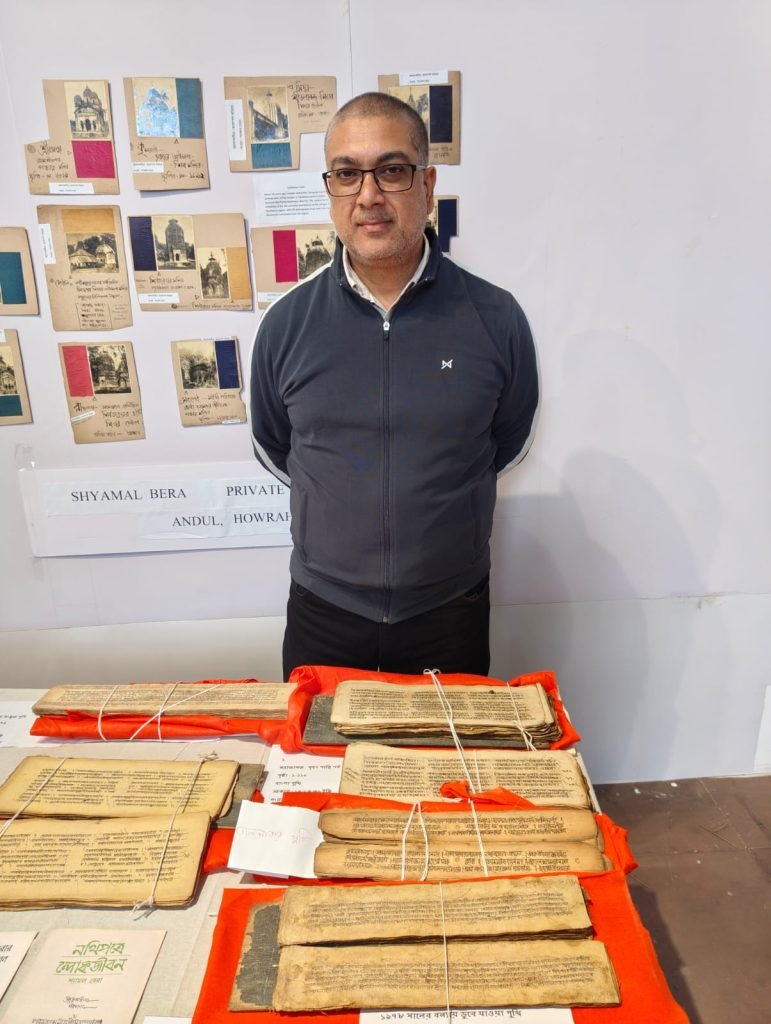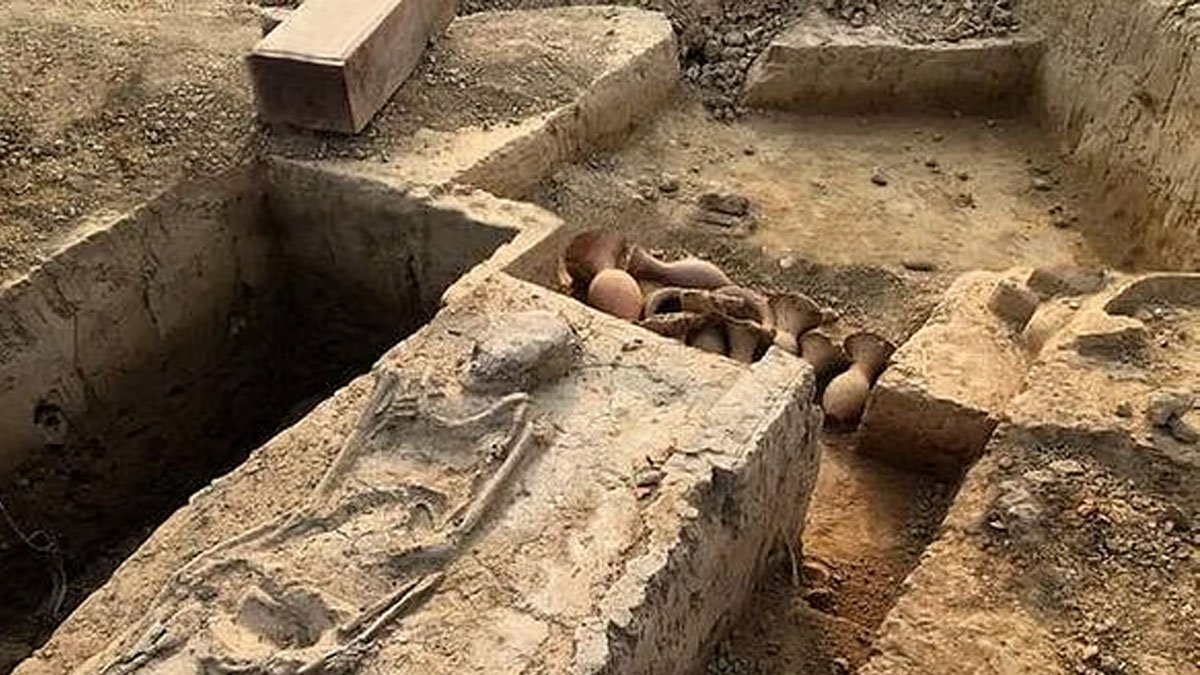Successive governments in the United States have supported evangelism in India, and it is a fatal foreign policy blunder, says Rajiv Malhotra, noted author and scholar, based in New Jersey.
Malhotra, who has co-authored the book “Breaking India: Western Interventions in Dravidian and Dalit Faultlines,” with Aravindan Neelakandan, addressed a meeting hosted by Arsha Vidya Satsanga in Houston on Sept. 11.
The 9/11 attack, the result of a foreign nexus, surprised even a strong nation as the U.S. and India faces similar possibilities, Malhotra said. The national security of both India and the U.S. are linked, he said.
American policy makers will be convinced of India’s importance in the fight against terrorism, if they take note of the research done and published in “Breaking India,” Malhotra said.
The U.S. should support India’s Vedic tradition, which is the country’s backbone, instead of weakening it, he said.
The U.S. continued its old programs, providing support to the missionaries which resorted to conversion of Hindus to Christianity, thus undermining an ally like India, Malhotra said.
He described U.S. policy towards India as schizophrenic. India is a friend of the U.S. in many dimensions, but it indirectly encourages evangelism in India.
“It is a bad policy. Weakening of Indian unity and civilization is not good for U.S.,” Malhotra said.
The west inspired missionary work in India and the leftists’ work based on human rights organizations posed a threat to India’s unity and they are one of the three factors that may lead to the breaking of India, according to Malhotra.
India’s integrity is being undermined by three global networks that have well-established operating bases inside India: (i) Islamic radicalism linked with Pakistan, (ii) Maoists and Marxist radicals supported by China via intermediaries such as Nepal, and (iii) Dravidian and Dalit identity separatism being fostered by the West in the name of human rights.
Malhotra’s book focuses on the third: the role of U.S. and European churches, academics, think-tanks, foundations, government and human rights groups in fostering separation of the identities of Dravidian and Dalit communities from the rest of India.
Malhotra made a special mention of the U.S. Commission on International Religious Freedom which has kept India in the watch list.
American policy on supporting evangelism, through the faith-based organizations, which was in the Bush administration as well, has become worse under the Obama administration, Malhotra said.
The missionaries in India wrongfully enjoy a minority status, but they area branch of the big multinational organizations like the corporate giants. The Indian branches of the missionaries are part of a global network with enormous clout and they do not deserve minority status, Malhotra said.
Malhotra’s research tracks the money trails that start out claiming to be for “education,” “human rights,” “empowerment training,” and “leadership training,” but end up in programs designed to produce angry youths who feel disenfranchised from Indian identity.
Just as a company like Microsoft in India would draw government scrutiny in India, the missionaries in India also should be subject to scrutiny, he said.
Whenever China is charged with human rights violations,China rebuts with a counter report on U.S. human right violations. Unlike China, India acquiesces and apologizes, Malhotra pointed out.
What does “Breaking India” Mean?
It is breaking the unified sense of symbols and spiritual traditions. It is also breaking the psychological sense of unity and identity,
When numerous sub-identities are artificially created, they undermine the main Hindu identity and then the sense of history will be lost. Negative history about India’s past will lead to a sort of class warfare, leading to violence among various sections of the society.
The war described in the Indian epic Mahabharat is still going in the geopolitics of India and the entire globe is the battlefield where righteousness and evil are at war with each other.
This issue is not off limits to spiritual leaders and they should espouse the cause of protecting Hindu and Indian identity, Malhotra said.
Malhotra has done research for over a decade on the Dravidian movement and has come to a conclusion that the Aryan versus Dravidian is an artificial creation made in the 1800s. Briish missionaries first used it in India.
Malhotra said outdated racial theories continue to provide academic frameworks and fuel the rhetoric that can trigger civil wars and genocides in developing countries.
The Dravidian movement’s 200-year history has such origins.
Its latest manifestation is the “Dravidian Christianity” movement that fabricates a political and cultural history to exploit old faultlines. In the book, Malhotra explicitly names individuals and institutions, including prominent Western ones and their Indian affiliates.
The book’s goal is to spark an honest debate on the extent to which human rights and other “empowerment” projects are cover-ups for these nefarious activities.
The race issue has been exported to India under the banner “Afro-Dalit movement,” Malhotra said. There is even a map that depicts Dalitisan in India.
That is the book cover.
Press Release: http://india-herald.com/weakening-of-india-will-backfire-on-us-says-author-p2717-1.htm
Watch Videos: http://www.breakingindia.com/houston-video-1/

 Events2 years ago
Events2 years ago
 Videos3 years ago
Videos3 years ago
 Videos11 years ago
Videos11 years ago
 Events8 months ago
Events8 months ago
 Events7 months ago
Events7 months ago


